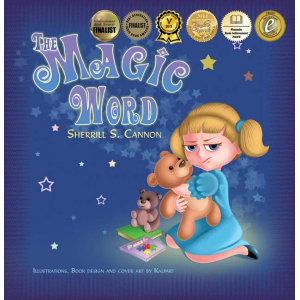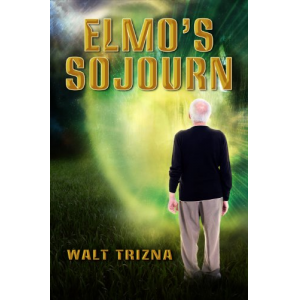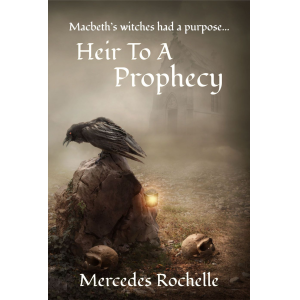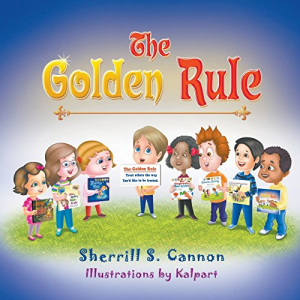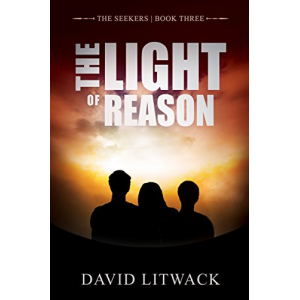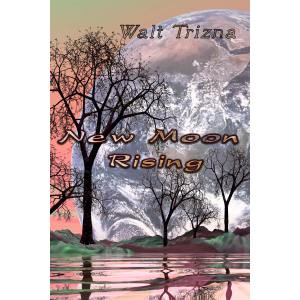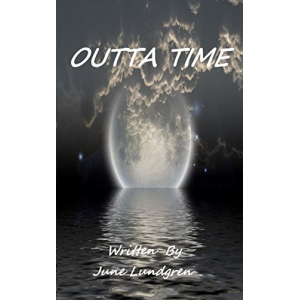- Author
- Book
- Story behind the book
- Media Links
- Reviews

E Journey
About
I'm a realist in my writing, as well as my art. I don't have as much imagination as many other writers—a handicap (or strength) that comes partly from my training and experience as a mental health researcher/evaluator and program developer. I'm also a flâneuse—a female observer-wanderer. So, I watch, and observe. And listen. That's where the meat of my writing comes from.
But I’m also a sucker for happy endings. I find enough that depresses me about real life, but seek no catharsis by writing about it. I want escape, entertainment. I don’t strive to enlighten. Not consciously, anyway, but because my previous training has given me a bias, I’m interested in the inner lives of characters, including the passages they go through.
I’m inspired by Jane Austen and Elizabeth Gaskell and their awesome feminist heroines. So, I tend not to rely on broad shoulders and heaving bosoms. Instead, I go into protagonists' thoughts and emotions, their conflicts and their joy, their struggles to reach balance and grow. My novels deal with insecurities and disappointments, love/hate relationships with parents, characters who seem to behave out-of-character, and even life events not typically included in romantic fiction.
I have a book blog here:
and musings on travel, art, and food here: Journey on a Limb
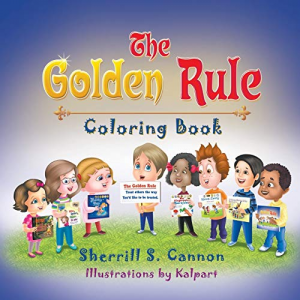
The Golden Rule Coloring Book
Description
<p>What if you treated others the way you’d like to be treated? If everyone did that, what kind of world could there be? Please join the children’s quest to discover how to follow the Golden Rule and to share it with others. </p><p>This coloring book version of Sherrill S. Cannon’s best-selling children’s story, The Golden Rule, allows kids to enjoy reading in rhyme, as well as illustrating their own version of how children can help us be kind to each other.</p>
Story Behind The Book
A consistent thread weaves through most of Gaskell’s books and I believe it stems from her concerns as a woman of her times, when industrialization was changing England radically. But this thread is lost or drowned under the much more vocal voices of the male-oriented society of her time. A lot of Gaskell’s books bear the names of her heroines as titles. But Charles Dickens, who first published the novel, from which Margaret of the North takes off, thought a shift in focus emphasizing the stark contrasts between North and South England was more appropriate than Margaret Hale; hence, North and South. No doubt he also thought that the new title was more in keeping with the interests of the male-dominated society at the time, concerns that were also regarded as more relevant and important. But I think this change took the focus away from Gaskell’s deep preoccupation with women’s issues (evident in letters she wrote to friends and family), which were then ignored, seen as frivolous or, worse, assumed as nonexistent. Victorian women generally were pampered and infantilized, their main functions confined to keeping house, bearing children, and being gracious and pretty enough to adorn a man’s image. Gaskell showed me, with at least three characters in North and South—Mrs. Thornton, Margaret, and the maid Gaskell’s novel has been described as a romance set against a backdrop of occasionally violent strikes as the working class fought for their rights against tyrannical masters. I look at mine as a kind of Victorian feminist bildungsroman (coming-of-age novel) couched in romance.
Media Links
Reviews
<ul><li>The narrative was tight and strong, and the plots were well thought out and artfully woven together. I am a stickler for grammar and punctuation, and was pleased at the level of editing found here that is rare to find in many Indie published books. <i>Darla Ortiz, Indie Book Reviewer, in Goodreads</i></li> <li>I wanted to stay forever lost in the pages of this story, never to leave. I love the way E. Journey writes, the words seemed to almost put me in a trance at times! <i>Jhanni Parker, Indie Book Reviewer, in Goodreads</i></li> </ul>
